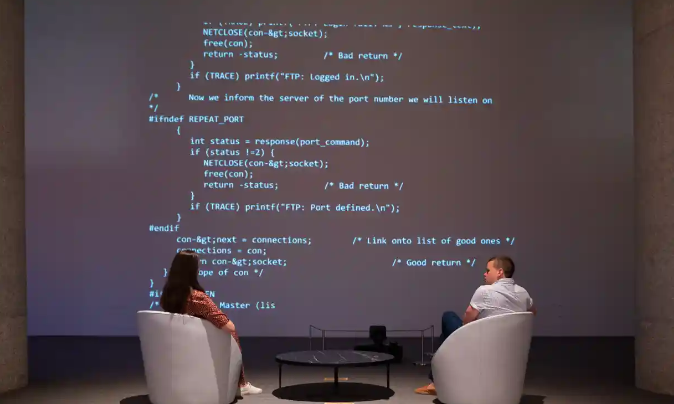01/07/2021 Tim Berners-Lee’s NFT of world wide web source code sold for $5.4m

Crypto asset represents ownership of various digital items from when Berners-Lee invented the web in 1989
An NFT of the original source code for the world wide web, written by its inventor Tim Berners-Lee, has sold for $5.4m at Sotheby’s in an online auction, the auction house said on Wednesday.
A non-fungible token (NFT) is a kind of crypto asset that records ownership of digital items, and has recently become a major asset in the creative world, with NFTs of artwork, music and internet memes selling for millions of dollars.
The NFT sold on Wednesday was created by the English scientist Berners-Lee in 2021 and represents ownership of various digital items from when he invented the world wide web in 1989.
The sale effectively comprises a blockchain-based record of ownership of files containing the original source code for the world wide web. The final price was $5,434,500 and half of the bidders were new to Sotheby’s.
The world wide web, or “the web”, is the system for navigating and accessing information on the internet.
The NFT is considered valuable by some because its basis in the blockchain authenticates that it is one-of-a-kind and has been officially created, or “minted”, by Berners-Lee himself.
“The symbolism, the history, the fact that they’re coming from the creator is what makes them valuable, and there are lots of people who collect things for exactly those reasons,” said Cassandra Hatton, the global head of science and popular culture at Sotheby’s.
“We have placed it in a public forum, we have sold it at basically no reserve [the bidding started at $1,000] and we let the market decide what the value is going to be. There have been multiple bidders who have all agreed that it’s valuable.”
Included in the purchase are NFTs representing about 9,555 lines of code written in 1990-1991, a 30-minute animated visualisation of the code, a digital poster of the code, and a digital letter written by Berners-Lee in June 2021, reflecting on his invention.
The letter begins: “As people seemed to appreciate autographed versions of books, now we have NFT technology, I thought it could be fun to make an autographed copy of the original code of the first web browser.”
Tim Berners-Lee had previously defended his choice to sell the NFT, comparing it to an autographed book. “This is totally aligned with the values of the web,” Berners-Lee told the Guardian in a recent interview. “I’m not even selling the source code. I’m selling a picture that I made, with a Python programme that I wrote myself, of what the source code would look like if it was stuck on the wall and signed by me.”
The sale is the latest in a series of moves by traditional auction houses to embrace the blockchain-based assets, which exploded in popularity in early 2021.
In March, an NFT of a digital collage by the American artist Beeple fetched $69.3m at Christie’s, in the first sale by a major auction house of an artwork which does not physically exist. The Twitter boss, Jack Dorsey, sold his first tweet in NFT form for $2.9m.
 (0)
(0)
 (0)
(0)
https://www.theguardian.com/technology/2021/jun/30/world-wide-web-nft-sold